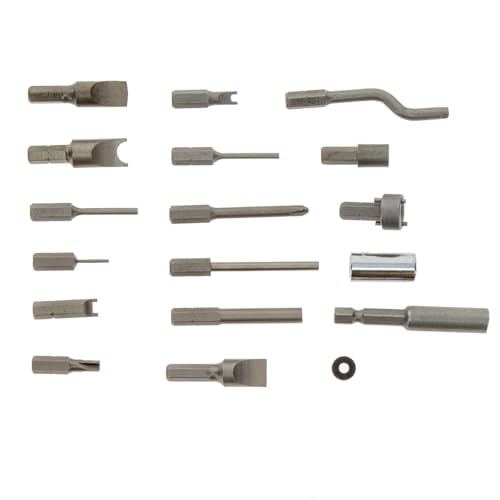The problem reads as follows:
A 3-phase, 460-V, 25-hp induction motor draws 34A at 0.75 lagging power factor from a 480-V source. The reactive power required to correct the power factor to 0.90 lagging is most nearly?
The solution finds P to be 21.7 and I'm not sure how this is calculated. Any help is appreciated, thanks so much!
A 3-phase, 460-V, 25-hp induction motor draws 34A at 0.75 lagging power factor from a 480-V source. The reactive power required to correct the power factor to 0.90 lagging is most nearly?
The solution finds P to be 21.7 and I'm not sure how this is calculated. Any help is appreciated, thanks so much!






















